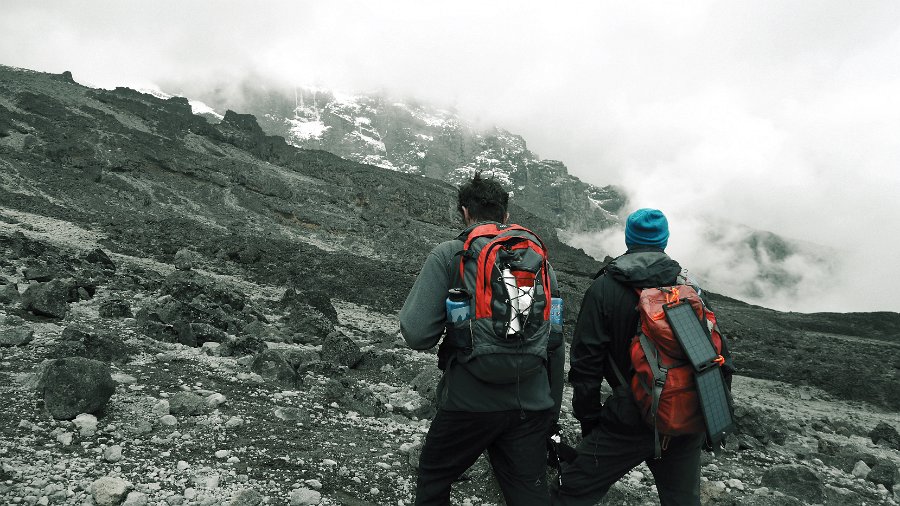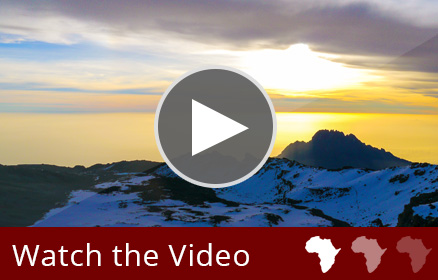Back in July, highly-regarded South African race car driver Gugu Zulu died while trying to summit Kilimanjaro with the Trek4Mandela fundraising expedition.
Zulu’s sad death has reignited the longstanding debate as to how safe it is to climb the highest freestanding mountain the world.
None of us operators working on the mountain should deny that there is some risk involved in summiting Kilimanjaro, as is illustrated by the 10 or so people who die attempting this feat every year. But we should also put that number in perspective: roughly 30,000 people attempt to summit the mountain every year. So that means you have a more than 99% chance of coming home alive, whether or not you reach the summit.
Though it also true that roughly 1,000 climbers have to be carried down the mountain each year before reaching the top (mainly due to altitude sickness issues), for our part, we boast a successful summit rate of 85%, which puts us right up there with the very best.
There are various factors that both reduce the risk factor when climbing Kilimanjaro, and contribute to our own sterling record.
Firstly, we generally advise our clients to take the longer routes up the mountain, which allow more time for acclimatization, and therefore reduce the risk of altitude problems.
Secondly, we ensure that our clients take their time, stay warm and hydrated, and have all the assistance and security they need. At the same time, we ensure that our clients do not push themselves. Our guides are immensely experienced and will know if someone needs to slow down, take a rest, hydrate, or should not carry on with their climb. Safety is our absolute top priority. We never compromise on this.
Unfortunately, the same cannot be said for all operators working on the mountain. Some are willing to cut corners and push limits to get clients to the top. The general consensus is that many of the climbers who do not reach the summit of Kili either picked the wrong operator or a route that did not give enough acclimatization time. Or both.
But to a degree, irrespective of all of this, it also comes down to you the client. You must respect the mountain, and be ready to accept that it might defeat you. Do not ignore your body if it is telling you it’s taking too much strain. Do not ignore your guides if they are telling you to slow down, to stop, or that you should go back down.
We cannot overemphasize the importance of personal responsibility and making measured decisions. To help with this, be sure to do your research before you climb. We have a number of excellent resources on this site to help with this.
We also advise that our clients do not use medication for altitude sickness. Though this can increase your chances of summiting, we want you to be in tune with what your body is feeling. Secondly, at high altitude medication can have unpredictable results.
You’ll find more of our health regulations here.
So in summary then, we are in no way trying to downplay the very real risk that all Kilimanjaro climbers face, and unfortunate deaths like Zulu’s understandably provoke renewed debate about this. But what we are saying, is that if you use the right operator, take the right precautions and make the right decisions, you will almost certainly have a successful and unforgettable journey to the Roof of Africa.










